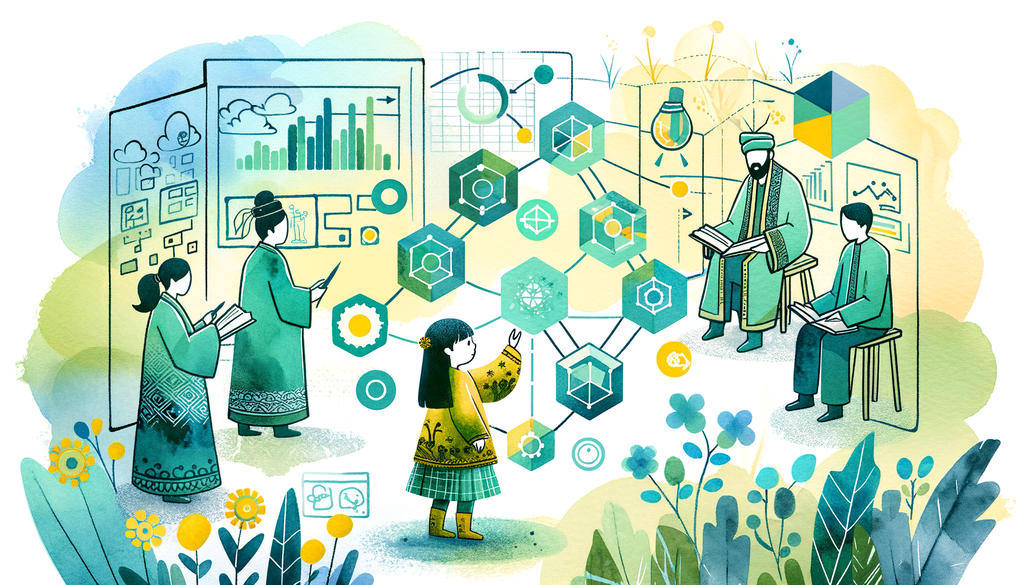Exploring Differentiated Instruction in the Classroom

In the realm of inclusive education, one size does not fit all. It’s now more evident that to cater for the diverse needs of each learner, differentiated instruction is not just an option—it’s a necessity.
Differentiated instruction is a teaching philosophy where educators cater to the needs of individual learners instead of expecting students to fit the mold of assumed ‘average’ learning competence. This approach recognizes and respects the unique talents each student brings to the classroom, particularly vital for special and gifted learners.
What is Differentiated Instruction?
Differentiated instruction is a flexible and inclusive strategy that tailors instruction, content, process, and product based on individual learner needs. It is a way to level the playing field, so to speak, giving every child a chance to succeed by taking their learning preferences, interests, and readiness levels into account.
In practice, this could mean creating smaller, flexible-learning groups with targeted instruction, incorporating various teaching methods and materials, adjusting the complexity of the content, or providing different ways for students to demonstrate understanding.
The Role of Differentiated Instruction in Special and Gifted Education
Differentiated instruction comes in handy when addressing the needs of students with diverse abilities. For students with special needs, personalized instruction can minimize learning barriers, helping them to transition to a school environment smoothly.
On the other hand, the gifted learner often needs more challenging tasks that stretch their abilities. Differentiated instruction allows teachers to provide enrichment activities—like engaging in music programs or STEM efforts—that can meet and stimulate their advanced learning appetite.
Implementing Differentiated Instruction
Now, how can teachers make this work in a classroom setting? Here are some actionable tips:
-
Know Your Students: Understand their learning preferences, interests, and aptitude to deliver content in a manner that resonates best with them. Use assessment tools regularly for this purpose.
-
Diversify Your Teaching Methods: Vary your instruction techniques to cater to all learning styles. For instance, incorporating movement-based activities can be beneficial for kinesthetic learners.
-
Create a Safe and Inclusive Learning Environment: Design our classrooms to accommodate diverse learners.
-
Use Technology: Technology can be a powerful tool to personalize learning experiences. There are great apps available for special education.
-
Provide Different Assessment Methods: Allow students to demonstrate their understanding in varied ways— written texts, oral presentations, or creative projects.
Differentiated instruction is not about making learning ‘easier’ for students. It is about making learning more accessible, engaging, and meaningful for every student. This practice echoes the beautiful concept that every child deserves an education personalized to their unique needs and strengths.
For more insights and discussions on these prevalent issues, please see our other blog posts on Educational Resources & Tools.